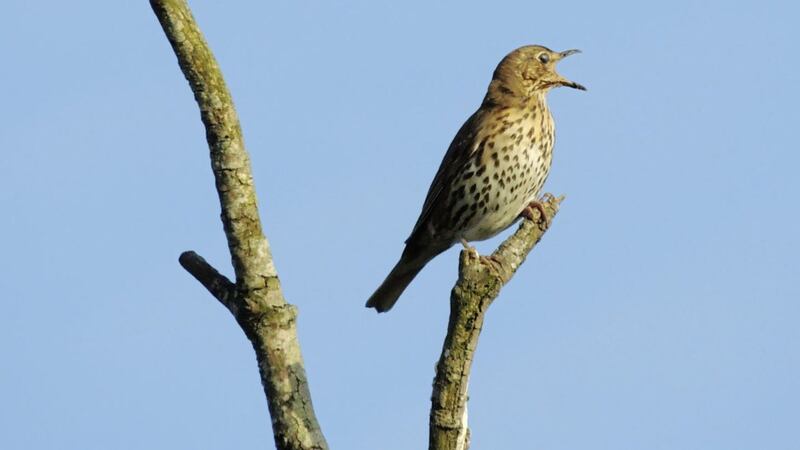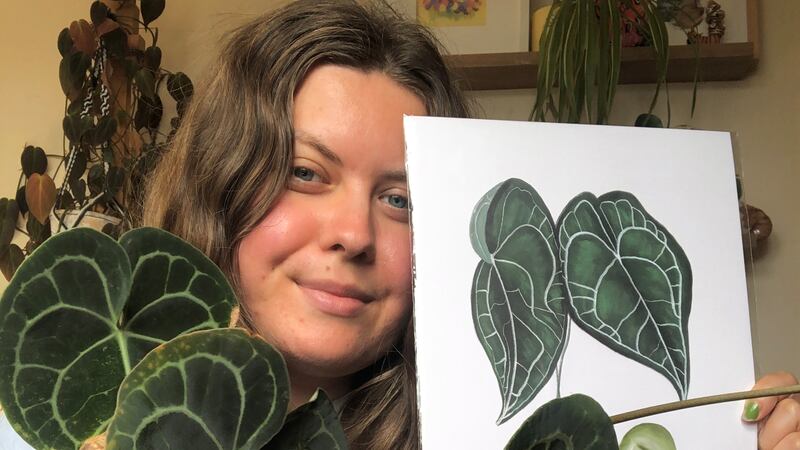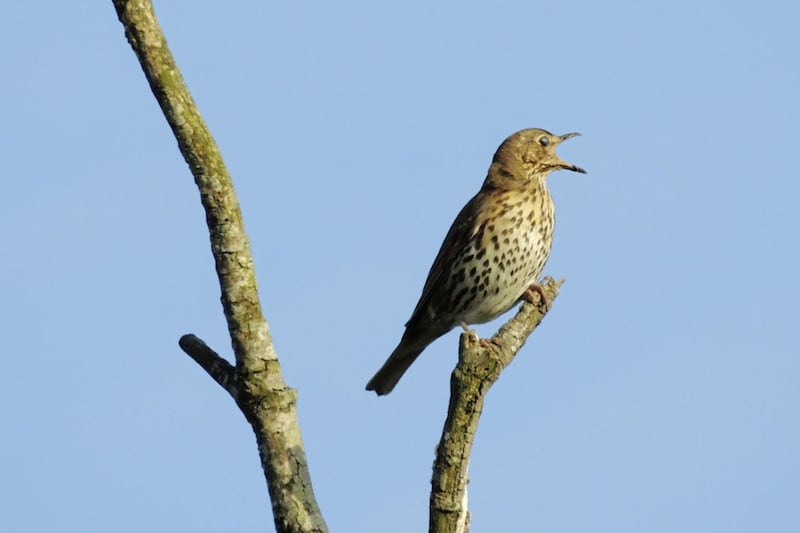IT’S 4.30 in the morning and once again I am woken by the noise outside. This has been happening every morning since the middle of January. But it is not the sort of noise you can go out and complain about.
Thrushes show a melodious contempt when humans shout at them to keep it down because we’re trying to sleep. And I’ve sort of got used to it now, almost look forward to it.
The dawn chorus takes on symphonic tones when the blackbirds add their voices but it all gets a bit messy when the crows and magpies decide to join in – a bit like a Bach fugue with Stiff Little Fingers singer Jake Burns lobbing in a vocal contribution.
One of the joys of growing up in the 1970s was that TV was occasionally educational with naturalists like Jack Hargreaves musing on the ways of the countryside and Percy Edwards, who would pop up on Blue Peter or the Morecambe and Wise Show, doing bird impersonations.
Anyone doing that now would be relegated to the quaint, wacky old eccentric section on some TV talent show, giggling fodder for mass entertainment.
Sadly, unlike Edwards, my bird vocabulary is quite limited – I can tell an oystercatcher from a kittiwake and a stonechat from a wren, but that’s about it. I envy people who can identify a bird from two miles away just by the way it flaps its wings.
I have a friend who I have phoned up and explained the markings on the wings and the crest of something I saw flitting between the shrubbery beside a river and he has been able to tell me what it was, what its breeding habits are, if it is migratory or native and quite often what it had for breakfast.
I have dozens of wildlife guides, including a couple of field books that I carry in my coat pockets when out walking to help me identify trees, shrubs, mushrooms, mammals and birds, but when it comes to birds they never seem to quite match the markings in my books and I can’t be sure if I’m looking at a dunnock or a grasshopper warbler.
I’ve taken to keeping an eye out for the birds I know, always on the lookout for redshanks on the beach, jays in the forest and reed warblers along the river banks.
One of the most notable species I have become adept at spotting in recent months is the buzzard – they seem to be everywhere, hovering overhead or perched on a gatepost.
It is remarkable recovery for a bird that was extinct in Ireland at the start of the last century and even by the beginning of the 1990s there were just a few dozen breeding pairs confined to the coasts of counties Antrim, Donegal and Down. They are big birds, raptors that can be seen along the roadside feeding on roadkill or circling above a field hunting for rabbits and other small mammals.
But the bird that that most gives me a thrill when I see it, is the grey heron, usually standing in among the reeds of a slow-flowing river or on the shores of an estuary. There is a meditative zen-like tranquillity to the heron, almost as if it is out of time, as it waits to pounce on passing fish.
Unfortunately for the heron it has a shrill call that would cut through you. I am not even going to try to describe it, although I’m sure that back in the day Percy Edwards could probably have mimicked it.



